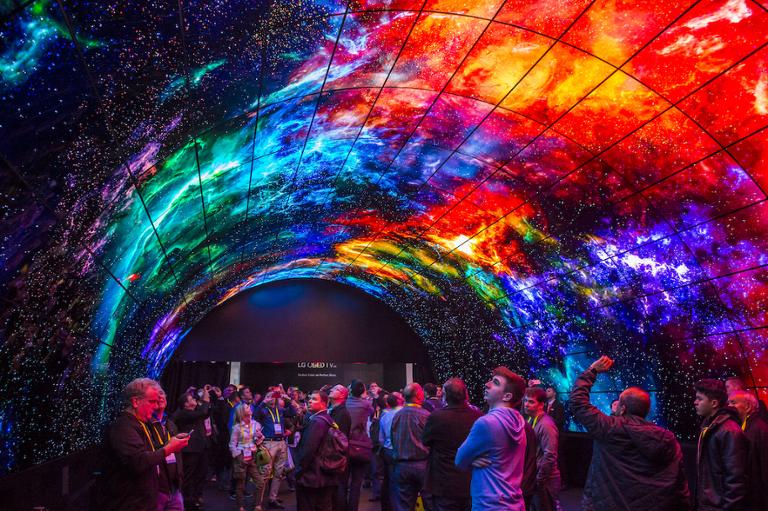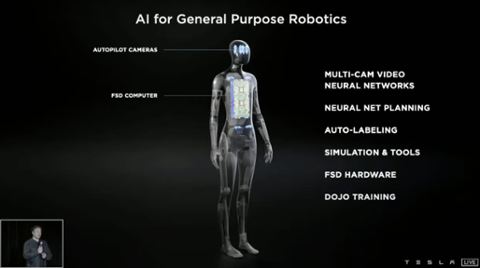With a surge of COVID-19 cases gripping the nation, the Consumer Electronics Show (CES) is undergoing some changes. The massive show, scheduled to run Jan. 5-8, will close a day early as “an additional safety measure.” A handful of large tech companies, including Amazon and Microsoft, have already announced they won’t have a booth or other physical presence on the show floor.
CES usually gives companies large and small the chance to show off their upcoming products. It’s a good way to see what the tech industry thinks will dominate the market over the next 12 months; after Apple rolled out the iPad in 2010, for example, CES 2011 was swarmed with companies selling their own tablets, tablet accessories, tablet apps, and so on. CES 2021 saw a flood of robots and drones, including one from Samsung that loaded dishwashers and made drinks.
So what’s in store for CES 2022? That’s a great question. Over at TechCrunch, Brian Heater suggests that vendors might focus primarily on connected fitness, robots, and technology to help with remote work. We know that car companies such as BMW and Mercedes-Benz, which pulled out of having a physical presence at CES in favor of a virtual one, will show off new vehicle-related technology, including electric motors and color-changing paint.
If we take that prediction at face value, we can expect to see lots of hardware for a more effective home office, along with still more robotics and drones. Wearables (i.e., fitness bands and smartwatches) have also become a heavy presence at the show in recent years, as startups seek to capitalize on the same market that made mainstream devices such as the Apple Watch and the Fitbit into sizable hits.
Although tech giants such as Microsoft have traditionally used CES to make quite a marketplace splash, the sheer number of companies at the show means it’s harder for startups and smaller companies to stand out. But with bigger companies pulling out of this year’s edition of the show, perhaps there’s more space for those tinier firms (and their products) to make a memorable impression.



